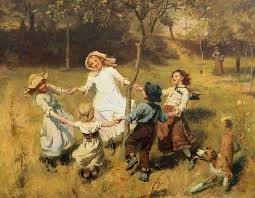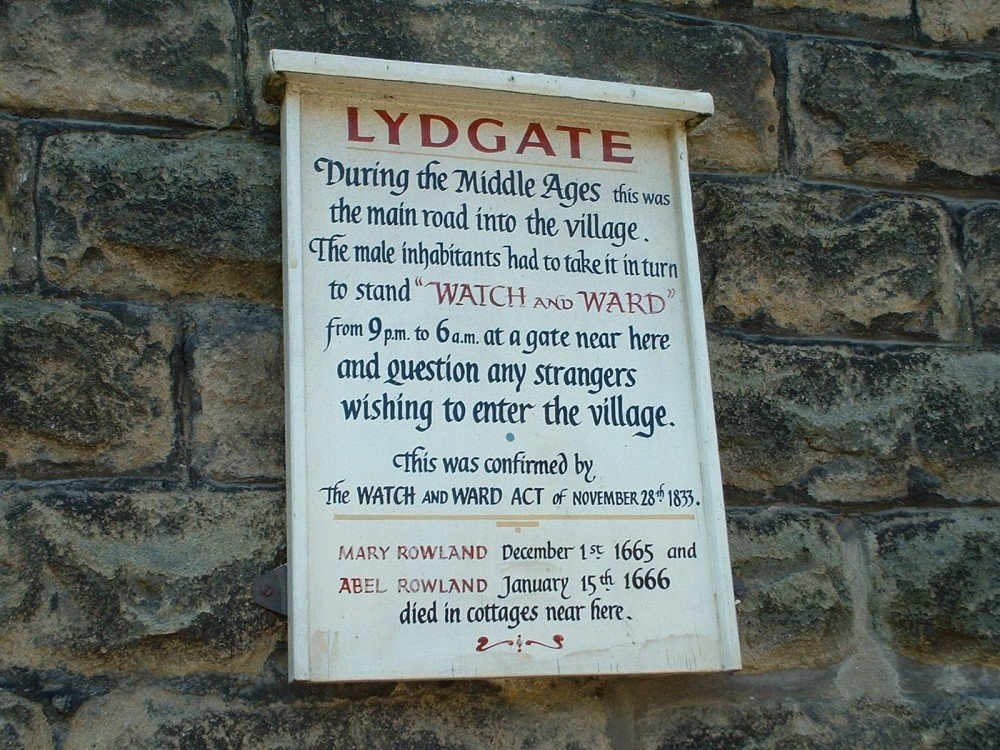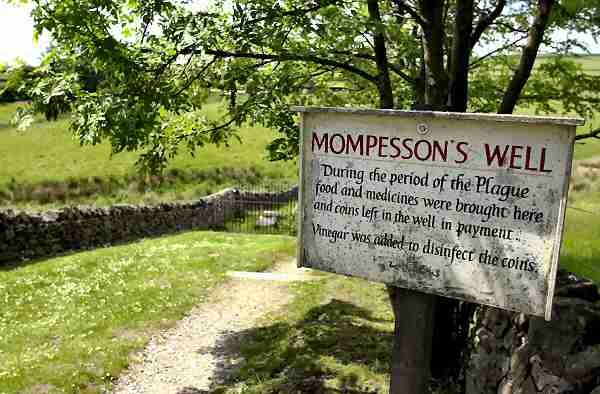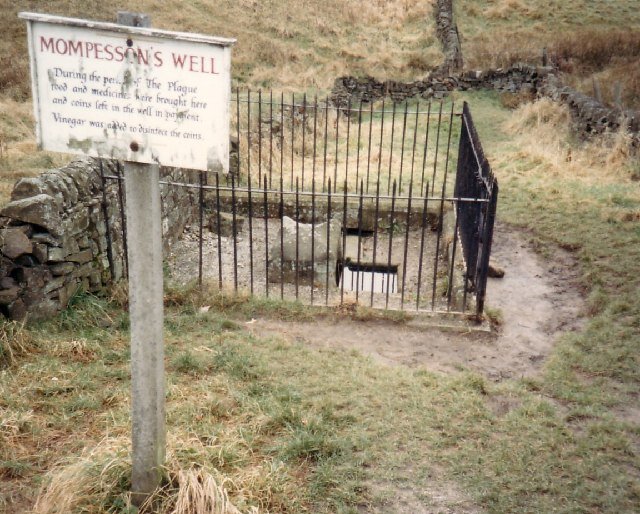
In 1665 at the height of the worst disaster in human terms, a little village in Derbyshire and its inhabitants was set to become famous for their self-sacrificing selfless act of humanity.

A tailor ordered a bolt of cloth and it arrived from London. The flea-infested fabric caused havoc. Within a week, George Vicars, the Tailor’s assistant had died and the rest of that household quickly followed. The plague died down over the winter but come the spring, it took hold once more, with devastating consequences.

This isn’t a tale of woe, however. Yes it’s unbearably tragic that so many lost their lives in that village, but it was the same the country-over – so many people died that skills were lost, artisans didn’t survive long enough to complete the training of their apprentices – the apprentices didn’t survive long enough to complete their training and every-day skills were gone.

Not because of the devil alighting on the spire, wrapping his tail around it and twisting it, more likely was the fact that the knowledge of building such spires died with the artisans and craftsmen in the plague of 1665/6.
The spire twists and warps in extremes of hot and cold weather
The villagers of Eyam buried their dead as a family – keeping themselves separate from others so as not to spread the infection. More than that, though, their religious leaders the Reverend William Mompesson, and the Puritan Minister Thomas Stanley introduced precautions to slow the spread of the disease. Mompesson’s children were sent away to Sheffield just before the quarantine was set. He had begged his wife to go too, but she stayed with him and died just before the plague ended.
Church services were conducted in the open air so families could stay away from other families.
And they shut-down the whole village. No one was allowed in or out of Eyam and you might wonder how they survived without supplies, a tale from my schooldays springs to mind. The villagers soaked money in vinegar and they put the coin to pay for the necessary supplies at the Coolstone. Merchants left their wares and took their payment from there.

A stroke of genius whichever way you look at it and it probably saved a lot of lives. 83 villagers survived the plague out of 350.

Elizabeth Hancock was uninfected despite burying six children and her husband in eight days (the graves are known as the Riley graves after the farm where they lived). The unofficial village gravedigger, Marshall Howe, also survived despite handling many infected bodies. Source
Plague Sunday has been celebrated in the village since the plague's bicentenary in 1866 and now takes place in Cucklett Delph on the last Sunday in August.
I was always under the impression this rhyme was connected to the plague:
Ring-a-ring o' roses,
A pocket full of posies,
A-tishoo! A-tishoo!
We all fall down.
And we used to sing:
Ashes in the water,
Ashes in the sea,
Please pull me up
By a one, two, three.
Pictures from Google
